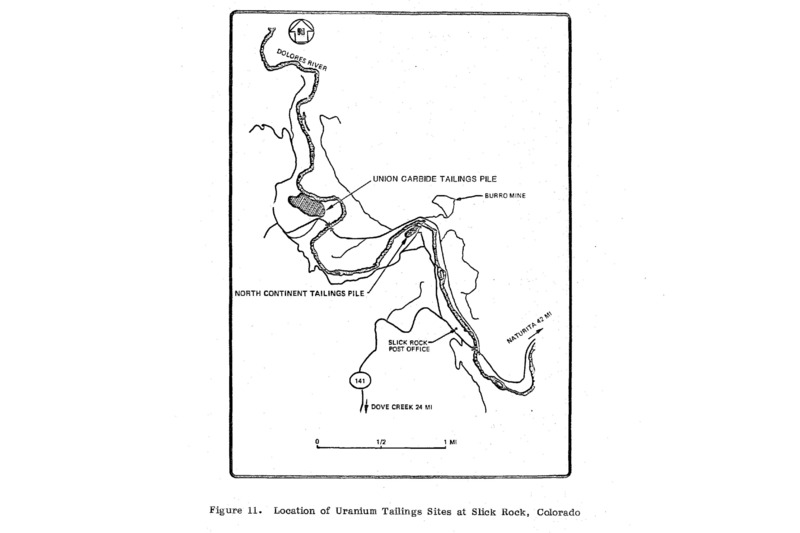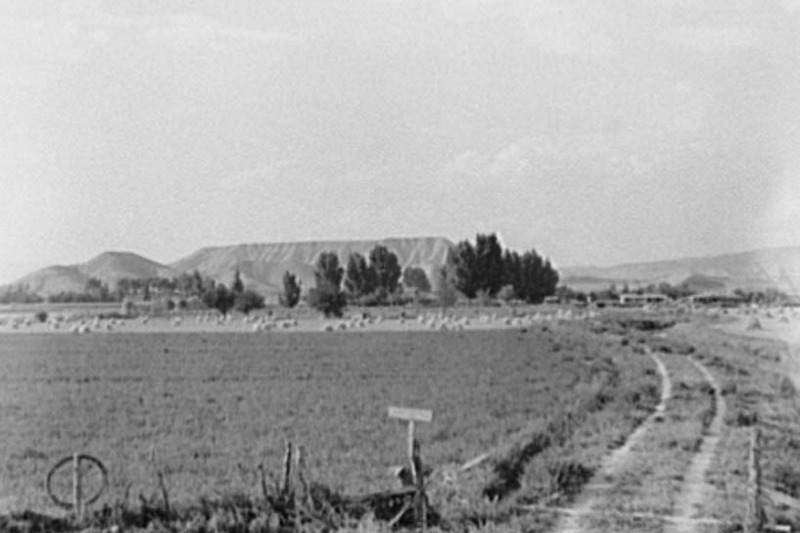EEOICPA Statistics for Claimants Living in Colorado
DOL Part B and Part E Statistics
NIOSH Dose Reconstruction Statistics
Colorado EEOICPA Facilities
Facility descriptions credit: DOE
Photo Credit: David on Pixabay
Canon City Uranium Mill Site is located in Fremont County, Colorado and is not currently covered as a DOE site under EEOICPA but is covered under RECA 5 (Radiation Exposure Compensation Act (RECA). Workers who have been awarded under RECA 5 at the Canon City Uranium Mill are eligible to file a Part E EEOICPA claim.
During its 19 years of operation, the mill produced 2.2 million tons of radioactive tailings. These years of operation are covered under the auspices of the Radiation Exposure Compensation Act and are not separately covered under EEOICPA. However, DOE environmental remediation contractors performed environmental remediation under the Uranium Mill Tailings Radiation Control Act (Public Law 95-604) at this former uranium ore processing mill from at this former uranium mill from December 1988 through August 1994. DOE and DOE contractor employees who performed this remediation are covered under EEOICPA.
Coors Porcelain
performed beryllium work for the Atomic Energy
Commission. An early AEC document makes
reference to Coors Porcelain’s involvement in
beryllium work during the period from 1947-1948.
Coors Porcelain had an earlier contract with the
Clinton Engineer Works but it is unclear whether
beryllium was involved.
From 1957 through
1964, the company worked as a subcontractor with
Lawrence Livermore National Laboratory on
Project Pluto, a project undertaken to determine
the feasibility of using heat from reactors as
the energy source for ramjet engines. Coors
developed fuel elements from beryllium ceramics
for the project, which began in 1957 and ended
in 1964.
Coors Porcelain performed other
beryllium work for DOE after the completion of
Project Pluto. A 1993 health study of Coors
workers indicated that the company produced
beryllia ceramics though 1975, presumably for
the AEC/DOE. In 1985, the vendor discovered
residual beryllium contamination in the building
where it had done beryllium work for the AEC,
and hired a private contractor to remediate and
demolish the building. The contractor completed
this remediation work by the end of 1985.
The Denver Uranium Mill is currently only a RECA 5 covered facility.
The AEC purchased
the 147-acre uranium mill site in Durango,
Colorado, in 1948 from the Vanadium Corporation
of America. The AEC leased the facility back to
Vanadium that same year, with an option to
purchase the facility in 1953. Between 1948 and
1953, Vanadium operated the mill on behalf of
the AEC. The company exercised its purchase
option in 1953, and thereafter, the mill was
operated as a privately owned facility. The
company shut down and dismantled the mill in
March 1963.
Additionally, from October 1986
through May 1991, DOE environmental remediation
contractors performed environmental remediation,
under the Uranium Mill Tailings Radiation
Control Act (Public Law 95-604) at this mill.
DOE and DOE contractor employees who performed
this remediation are covered under EEOICPA.
The Gateway Uranium Mill is currently only a RECA 5 covered facility.
The Manhattan
Engineer District (MED) constructed a uranium
refinery (mill) to produce uranium concentrate
from “green sludge here in 1943 which it
operated through 1946.” This location also
served as the headquarters for the U.S. Atomic
Energy Commission’s (AEC) uranium-procurement
program from 1947 through 1970 and was known as
the Grand Junction Office. One of the principal
functions of the site was the receipt, sampling,
and analysis of uranium and vanadium
concentrates from the numerous ore-processing
operations in the western United States. In
1951, the AEC constructed a concentrate sampling
plant, assay laboratory, and two ore-testing
pilot plant mills at this facility. Furthermore,
the AEC established a sampling and assaying
station for the receipt of uranium ores at Grand
Junction. Concentrates produced by mills were
delivered in steel drums to Grand Junction,
where they were received, weighed, sampled, and
assayed as the basis for payment to the mills
under the terms of their respective contracts.
On September 30, 2001, the Department of Energy
transferred ownership of the Grand Junction
property to the Riverview Technology
Corporation. The DOE, however, continues to
lease portions of the site and provides some
on-going remediation services as well as
Long-Term Surveillance and Maintenance at the
site.
The Manhattan
Engineer District (MED) constructed a uranium
refinery (mill) to produce uranium concentrate
from “green sludge here in 1943 which it
operated through 1946.” This location also
served as the headquarters for the U.S. Atomic
Energy Commission’s (AEC) uranium-procurement
program from 1947 through 1970 and was known as
the Grand Junction Office. One of the principal
functions of the site was the receipt, sampling,
and analysis of uranium and vanadium
concentrates from the numerous ore-processing
operations in the western United States. In
1951, the AEC constructed a concentrate sampling
plant, assay laboratory, and two ore-testing
pilot plant mills at this facility. Furthermore,
the AEC established a sampling and assaying
station for the receipt of uranium ores at Grand
Junction. Concentrates produced by mills were
delivered in steel drums to Grand Junction,
where they were received, weighed, sampled, and
assayed as the basis for payment to the mills
under the terms of their respective contracts.
On September 30, 2001, the Department of Energy
transferred ownership of the Grand Junction
property to the Riverview Technology
Corporation. The DOE, however, continues to
lease portions of the site and provides some
on-going remediation services as well as
Long-Term Surveillance and Maintenance at the
site.
The Manhattan Engineer District (MED) obtained uranium from residues left over from the production of vanadium. The resulting product made at these plants was called "green sludge." It was further processed at Grand Junction. Two plants in Uravan, Colorado, provided the MED with uranium extracted from green sludge. The green sludge plant in Uravan owned by Union Carbide and operated by its subsidiary, the U.S. Vanadium Company, is not covered under EEOICPA. This listing applies only to the MED-owned plant, which was located on the north side of the San Miguel River. The U.S. Vanadium Company operated the MED-owned plant under a fixed fee contract during World War II. The plant was shut down in 1945.
This mill processed approximately 540,000 tons of uranium ore between 1958 and 1962. This ore processing is covered under the auspices of the Radiation Exposure Compensation Act and is not separately covered under EEOICPA. However, DOE environmental remediation contractors performed environmental remediation under the Uranium Mill Tailings Radiation Control Act (Public Law 95-604) at this former uranium ore processing mill from September 1991 though December 1995. DOE and DOE contractor employees who performed this remediation are covered under EEOICPA.
During its 7 years of operations, this uranium mill processed about 2.6 million tons of ore. This ore processing is covered under the auspices of the Radiation Exposure Compensation Act and is not separately covered under EEOICPA. However, DOE environmental remediation contractors performed environmental remediation under the Uranium Mill Tailings Radiation Control Act (Public Law 95-604) at this former uranium mill from May 1995 through September 1998. DOE and DOE contractor employees who performed this remediation are covered under EEOICPA.
This former uranium and vanadium ore processing facility processed about 704,000 tons of ore. This ore processing is covered under the auspices of the Radiation Exposure Compensation Act and is not separately covered under EEOICPA. However, DOE environmental remediation contractors performed environmental remediation under the Uranium Mill Tailings Radiation Control Act (Public Law 95-604) at this former processing site from May through November of 1994 and again from June of 1996 through September 1998. DOE and DOE contractor employees who performed this remediation are covered under EEOICPA.
The Rio Blanco site was the location of one of the nuclear tests conducted as part of the AEC's Plowshare program that was initiated in 1957 to develop peaceful (industrial and scientific) applications for nuclear explosives. The operational period began May 2, 1973. On May 17, 1973, three 33 kiloton yield nuclear devices were detonated in a deep well in a test designed to increase natural gas production from low-permeability sandstone. These explosions, known as the Rio Blanco shot, marked the last nuclear test explosions of the Plowshare program. The operation ended in June 1976. The Rio Blanco site was plugged and abandoned in 1976 and returned to the owner in March 1978.
The Project Rulison site was the location of one of the nuclear test explosions conducted as part of the AEC's Plowshare program, which was initiated in 1957 to develop peaceful (industrial and scientific) applications for nuclear explosives. Drilling began in May 1968. On September 10, 1969, a forty kiloton yield nuclear device was detonated deep underground in a sandstone formation. The test was designed to increase natural gas production from low-permeability sandstone. Drillback operations began in April 1970 and the rubble chimney was reached on July 28, 1970. Preparation for production flaring continued through August 1970 and included several short flaring tests during August. The production flaring operation began on October 4, 1970. It included for different flaring periods and ended on April 23, 1971. The Rulison site was placed on standby status in May 1971 until June 1972 when cleanup operations were initiated. The site was returned to its owner in March 1978.
From 1958 to 1973, the mill produced uranium and vanadium concentrates and from 1973 to 1984 part of the mill was used to produce vanadium concentrate. These milling operations are covered under the auspices of the Radiation Exposure Compensation Act and are not separately covered under EEOICPA. However, DOE environmental remediation contractors performed remediation under the Uranium Mill Tailings Radiation Control Act (Public Law 95-604) of hazardous materials such as asbestos, industrial chemicals, and other materials at the site from September 1988 through September 1989 and then performed remediation of all contaminated mill tailings at the site from April 1992 through October 1996. DOE and DOE contractor employees who performed this remediation are covered under EEOICPA.
This mill was operated for two periods, namely 1924 through 1932 and again from 1942 to 1958. During these both these time periods it processed vanadium ore. Uranium ore was processed only in the latter period. These milling operations are covered under the auspices of the Radiation Exposure Compensation Act and are not separately covered under EEOICPA. However, DOE environmental remediation contractors performed remediation under the Uranium Mill Tailings Radiation Control Act (Public Law 95-604) of hazardous materials such as asbestos, industrial chemicals, and other materials at the site from September 1988 through September 1989 and then performed remediation of all contaminated mill tailings at the site from April 1992 through October 1996. DOE and DOE contractor employees who performed this remediation are covered under EEOICPA.
Rocky Flats
was built in 1951 as a plutonium and uranium
component manufacturing center. From 1952 to
1989, the site's primary mission was to
fabricate the "pit" that contains the heavy
metals and serves as the trigger device for
nuclear warheads. Rocky Flats was also
responsible for recycling plutonium from scrap
and plutonium retrieved from retired nuclear
warheads. The final products of this recycling
included components and assemblies manufactured
from uranium, plutonium, beryllium, stainless
steel, and other metals. Production activities
included metalworking, component fabrication and
assembly, chemical recovery and purification of
plutonium, and associated quality control
functions. Research and development in the
fields of chemistry, physics, metallurgy,
materials technology, nuclear safety, and
mechanical engineering were also conducted at
the site.
In 1989, many of the site's nuclear
component production functions were suspended
after a safety review temporarily shut down
plutonium operations. Following an extensive
review, which included considerable independent
oversight, a few buildings were authorized by
the Secretary of Energy to resume limited
plutonium operations: to stabilize plutonium
oxide and repackage plutonium for safe storage.
In 1989, as a result of the environmental
contamination caused by production activities at
the site, Rocky Flats was placed on the
Superfund National Priorities List. In January
1992, nuclear component production was
terminated and the site's primary mission
changed from nuclear weapons production to
environmental cleanup and restoration.
Throughout the course of its operations, the
potential for beryllium exposure existed at this
site, due to beryllium use, residual
contamination, and decontamination activities.
Shattuck Chemical
prepared uranium compounds and uranium oxide in
the late 1950s. (This was probably done under a
Source Materials License issued by the Atomic
Energy Commission.) Shattuck also processed
refined uranium and produced natural uranium
oxides on a commercial basis for the private
market, and in 1963, supplied a small quantity
of uranium to the Rocky Flats plant.
During
the period of residual contamination, as
designated by the National Institute for
Occupational Safety and Health and as noted in
the dates above, employees of subsequent owners
and operators of this facility are also covered
under the Energy Employees Occupational Illness
Compensation Program Act.
This mill extracted
radium salts and vanadium from locally mined
ores between 1942 and 1943. These milling
operations are covered under the auspices of the
Radiation Exposure Compensation Act and are not
separately covered under EEOICPA. However, DOE
environmental remediation contractors performed
remediation under the Uranium Mill Tailings
Radiation Control Act (Public Law 95-604) at
Uranium Mill No. 1 in Slick Rock from 1995-1996.
DOE and DOE contractor employees who performed
this remediation are covered under EEOICPA.
Vanadium and uranium was processed at this mill from 1957 through 1961. These milling operations are covered under the auspices of the Radiation Exposure Compensation Act and are not separately covered under EEOICPA. However, DOE environmental remediation contractors performed remediation under the Uranium Mill Tailings Radiation Control Act (Public Law 95-604) at Uranium Mill No. 2 in Slick rock from 1995-1996. DOE and DOE contractor employees who performed this remediation are covered under EEOICPA.
The University of
Denver Research Institute is listed as a
processor of radioactive materials for National
Lead of Ohio (Fernald). It appears that the
University of Denver handled test quantities of
radioactive metal in February 1965.
In 1963,
a University of Denver Research Institute
researcher (F. Perkins) held an AEC contract for
work on intermediate-temperature oxidation of
beryllides.
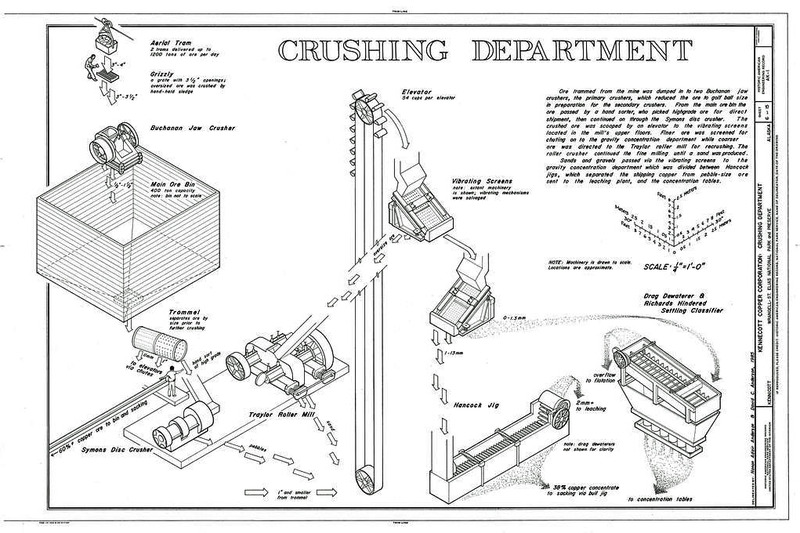
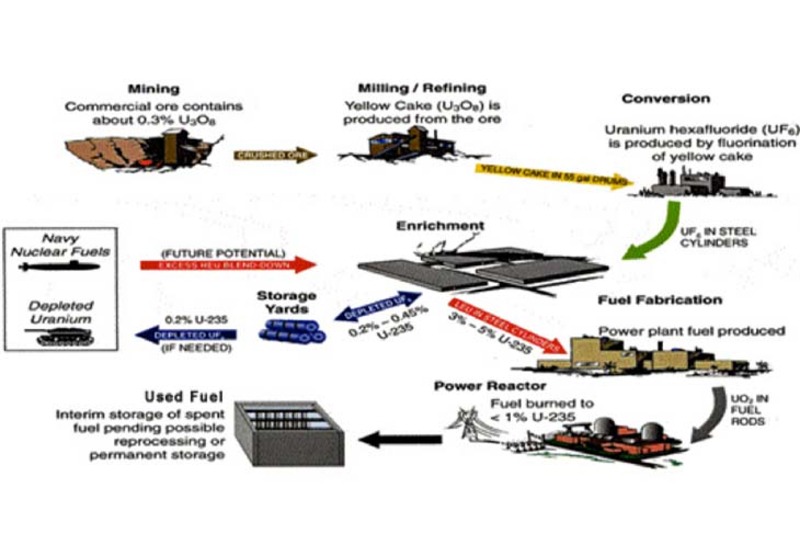
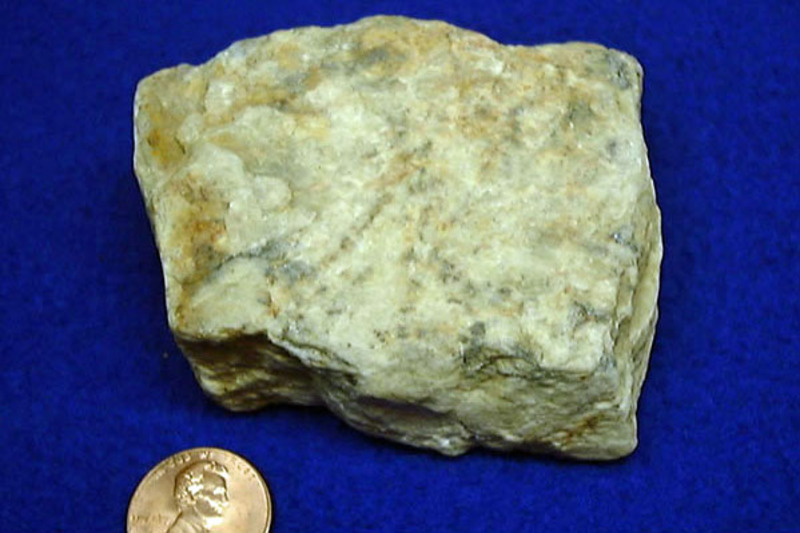

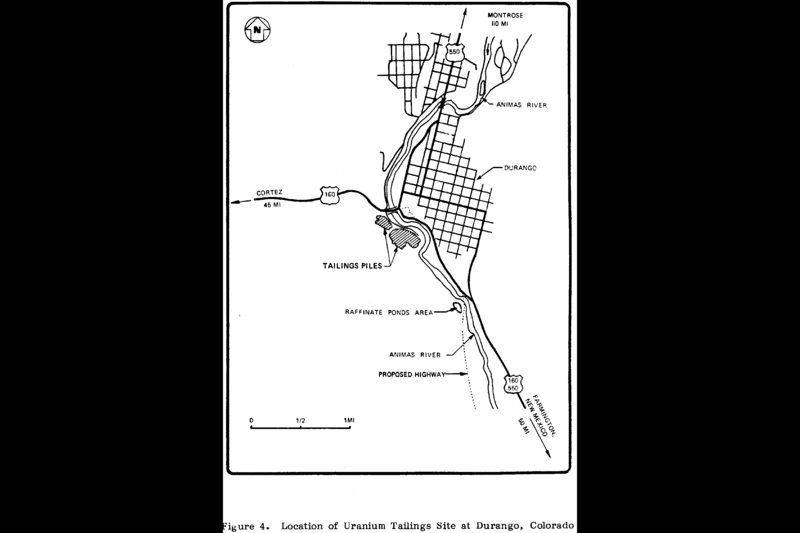
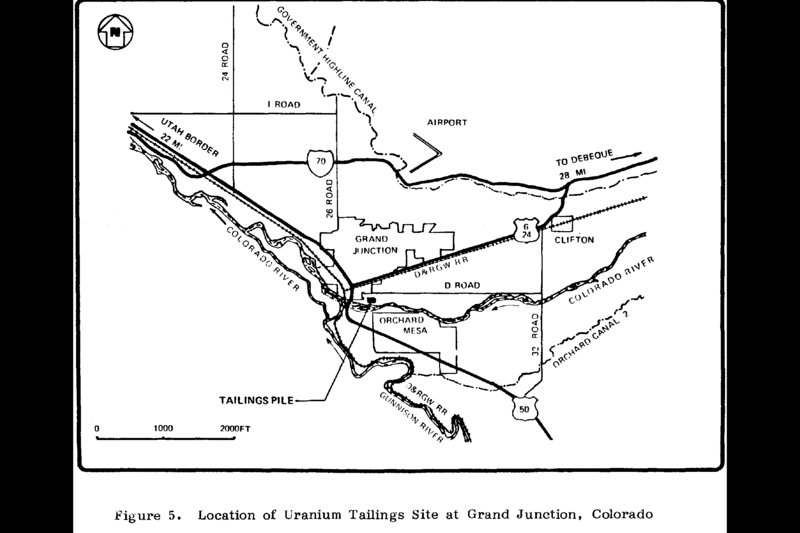
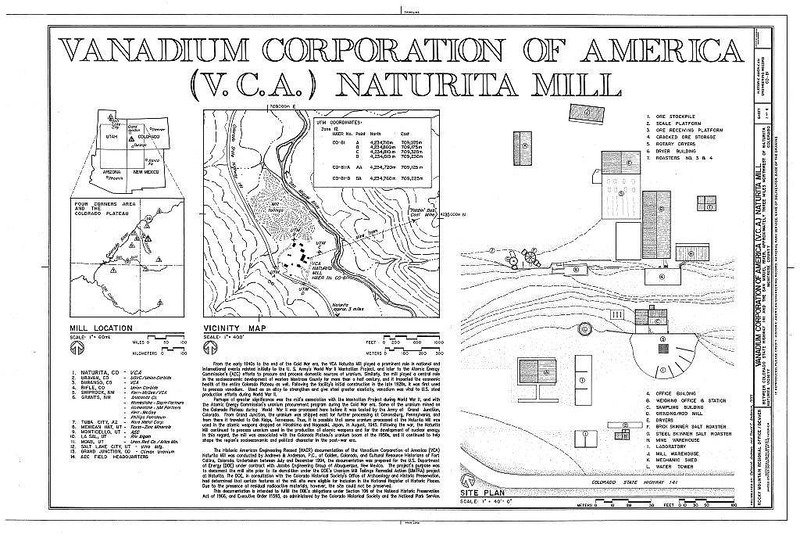

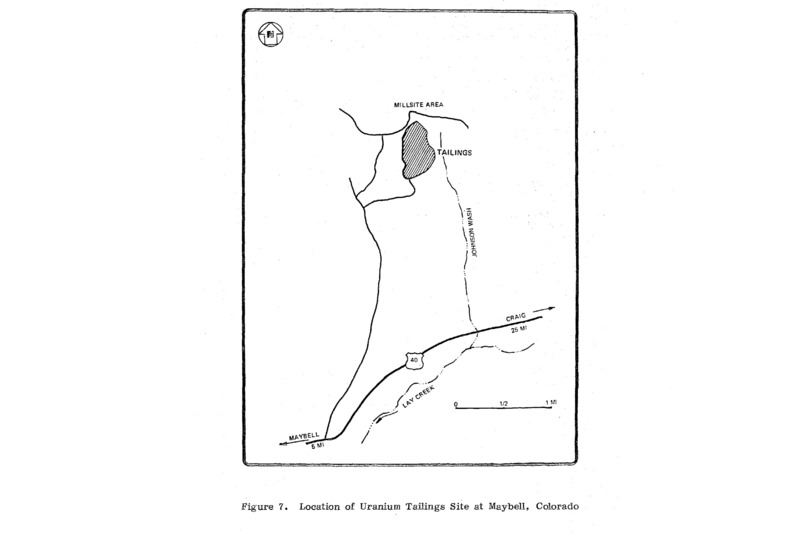
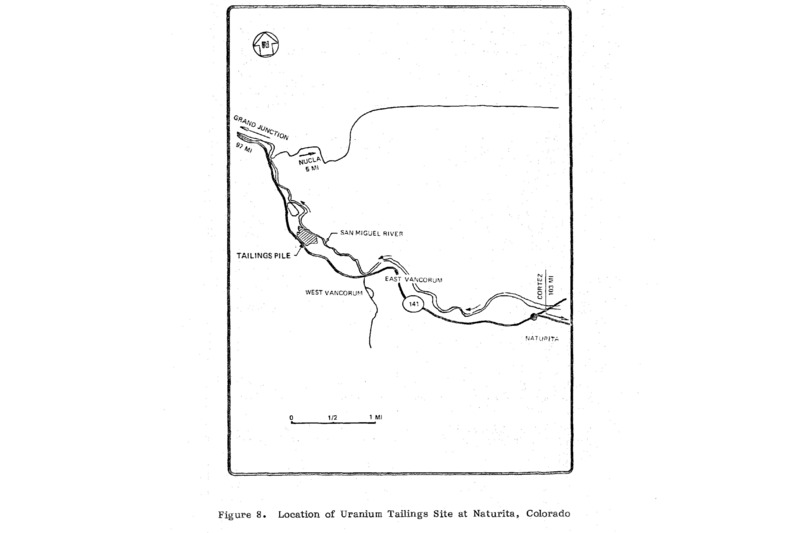
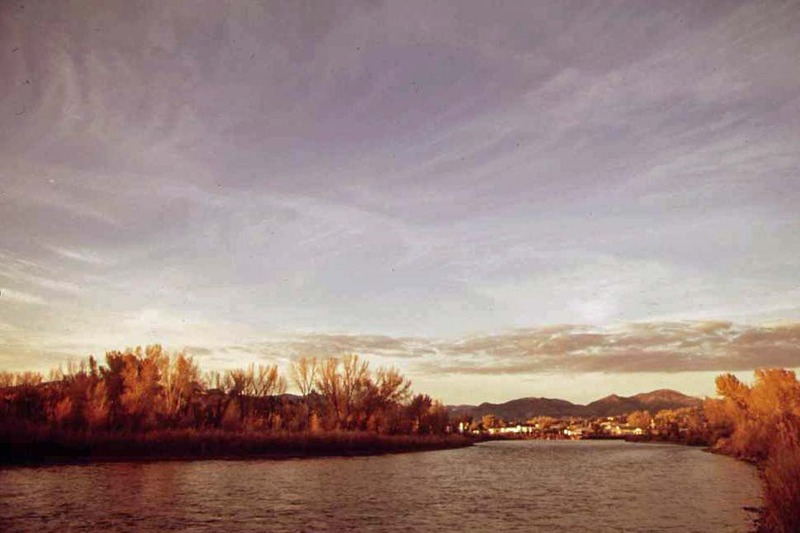

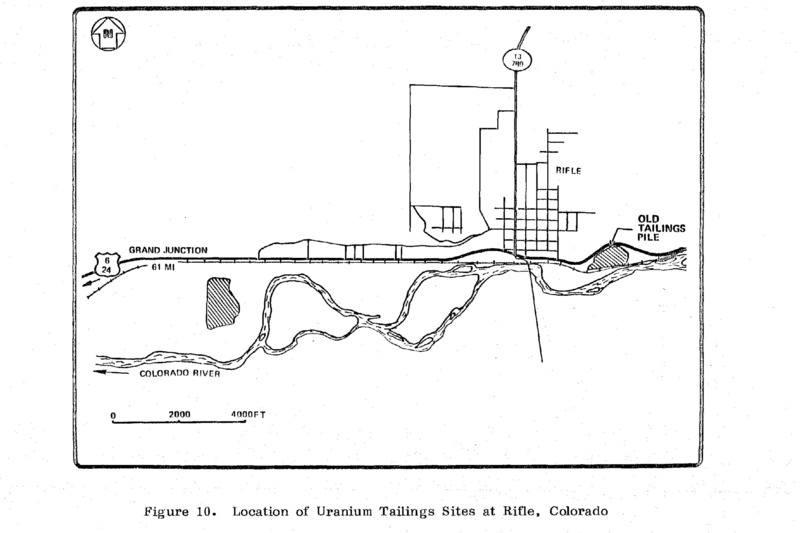
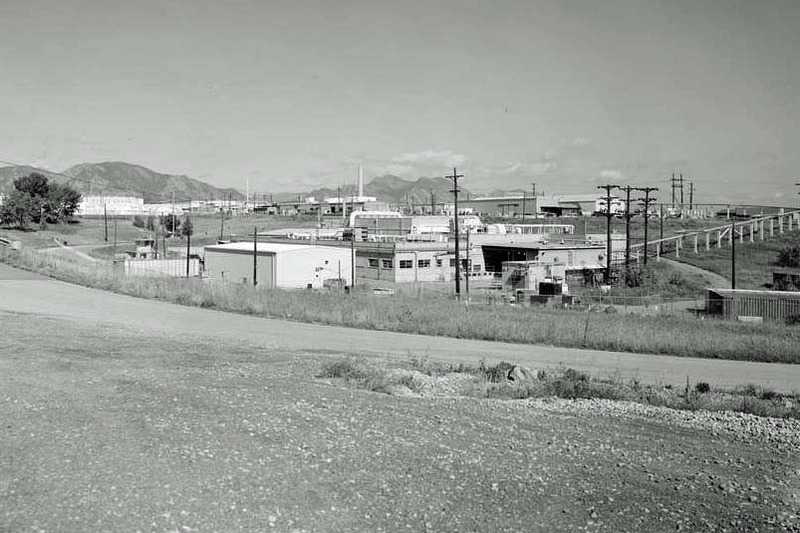
.jpg)
